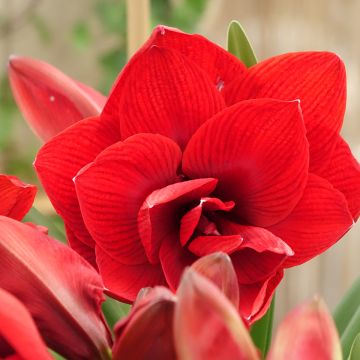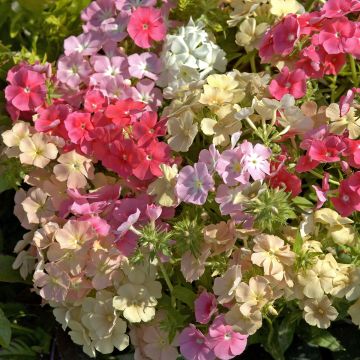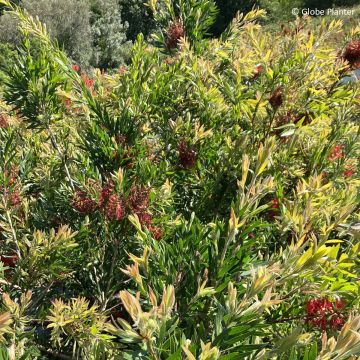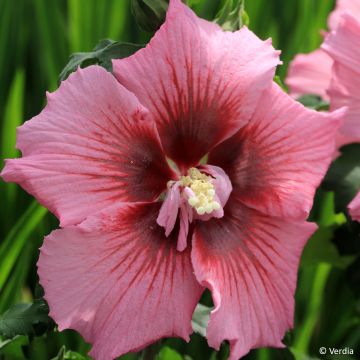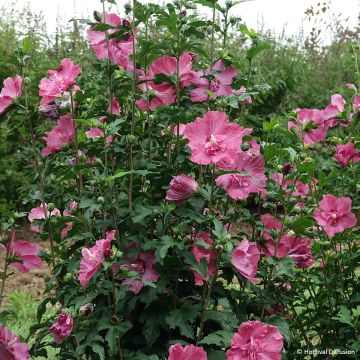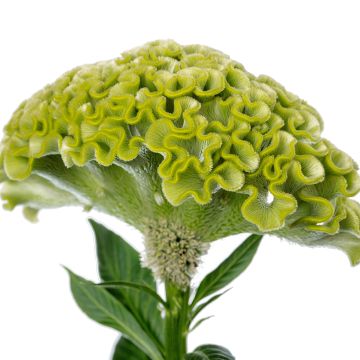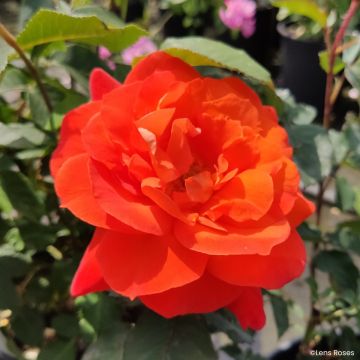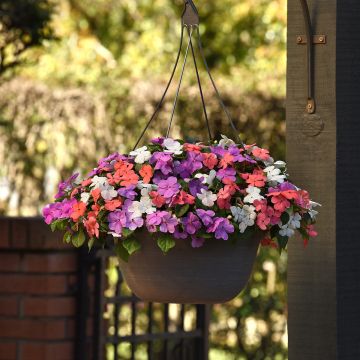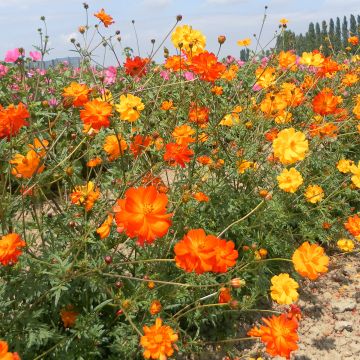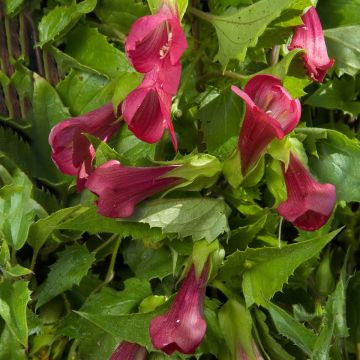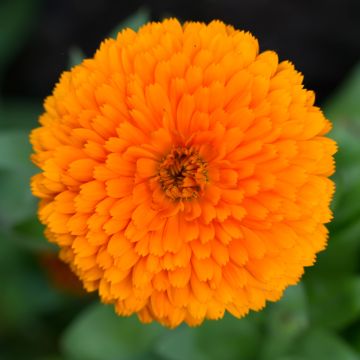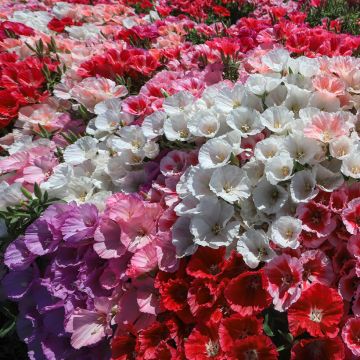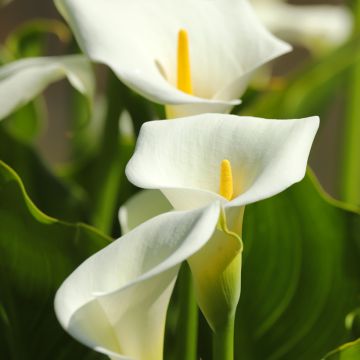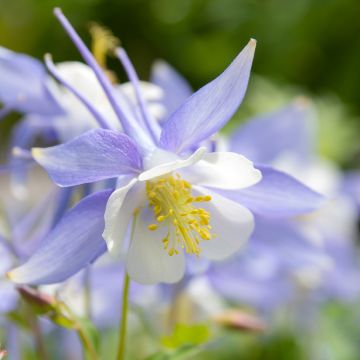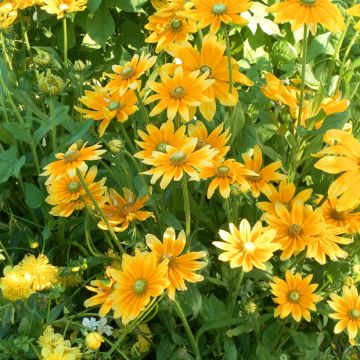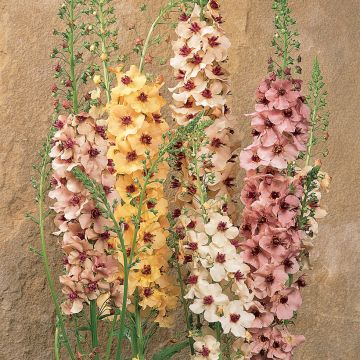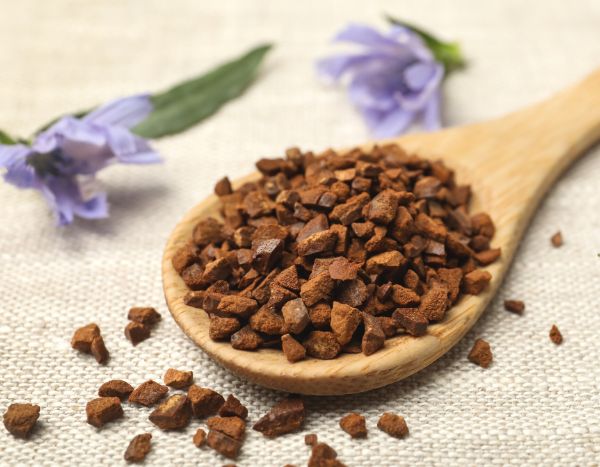

Graines de Golden Berry Little Lanterns - Coqueret du Pérou
Physalis peruviana Little Lanterns - seeds
Physalis peruviana Golden Berry Little Lanterns
Cape gooseberry, Peruvian groundcherry, Goldenberry
Special offer!
Receive a €20 voucher for any order over €90 (excluding delivery costs, credit notes, and plastic-free options)!
1- Add your favorite plants to your cart.
2- Once you have reached €90, confirm your order (you can even choose the delivery date!).
3- As soon as your order is shipped, you will receive an email containing your voucher code, valid for 3 months (90 days).
Your voucher is unique and can only be used once, for any order with a minimum value of €20, excluding delivery costs.
Can be combined with other current offers, non-divisible and non-refundable.
Why not try an alternative variety in stock?
View all →This plant carries a 6 months recovery warranty
More information
We guarantee the quality of our plants for a full growing cycle, and will replace at our expense any plant that fails to recover under normal climatic and planting conditions.
Would this plant suit my garden?
Set up your Plantfit profile →
Description
Physalis peruviana, also known as Golden Berry Little Lanterns or Peruvian Ground Cherry, is a frost-tender perennial plant, often grown as an annual. It produces an abundance of small decorative flowers, with pale yellow corollas, speckled with brown at the base followed by numerous small edible fruits known as "Inca Berry". This plant grows well in pots on the terrace or balcony and can be overwintered in a cold greenhouse or conservatory.
The Peruvian Ground Cherry (also known as Cape Gooseberry or Ground Cherry) is a perennial plant in the Solanaceae family, native to South America and endemic to Chile, Colombia, and Peru. This hairy plant is evergreen in warm climates. Its rapid growth allows it to be grown as an annual with a harvest of fruits in autumn. It forms a bush with upright and branching stems, reaching 90 cm (35in) in all directions. The bright green foliage is persistent in mild climates and composed of ovate to cordate leaves, with entire or slightly toothed edges, 6 to 15 cm (2 to 6in) long and 4 to 10 cm (2 to 4in) wide. It flowers from May-June, sometimes until autumn. The small 1.5 cm (1in) by 2 cm (1in) flowers are pale yellow and brown. They are followed by round berries, 1 to 1.5 cm (0 to 1in) in diameter, enclosed in a small 'pod' of fused leaves resembling a lantern. The berries are bright yellow-orange when ripe, with a sweet and sugary taste, ideal for pies and jams.
Report an error about the product description
Flowering
Foliage
Plant habit
Botanical data
Physalis
peruviana
Golden Berry Little Lanterns
Solanaceae
Cape gooseberry, Peruvian groundcherry, Goldenberry
South America
Other Thompson and Morgan seeds
View all →Planting and care
Sowing:
Sow Physalis seeds from February to March at a temperature of 18-21°C (64.4-69.8°F), on the surface of good quality soil and lightly cover the seeds with vermiculite. Keep the soil moist but not waterlogged and do not exclude light. Place in a propagator or enclose the seed tray inside a polythene bag until germination, which usually takes up to 21 days. When the young plants are large enough to handle, transplant them and grow them on at a minimum temperature of 15°C (59°F) until they reach 20cm (8in) high. When all risk of frost has passed, plant the physalis in any well-drained soil in full sun or in the conservatory or greenhouse.
Cultivation:
Sowing period
Intended location
Planting & care advice
This item has not been reviewed yet - be the first to leave a review about it.
Haven't found what you were looking for?
Hardiness is the lowest winter temperature a plant can endure without suffering serious damage or even dying. However, hardiness is affected by location (a sheltered area, such as a patio), protection (winter cover) and soil type (hardiness is improved by well-drained soil).

Photo Sharing Terms & Conditions
In order to encourage gardeners to interact and share their experiences, Promesse de fleurs offers various media enabling content to be uploaded onto its Site - in particular via the ‘Photo sharing’ module.
The User agrees to refrain from:
- Posting any content that is illegal, prejudicial, insulting, racist, inciteful to hatred, revisionist, contrary to public decency, that infringes on privacy or on the privacy rights of third parties, in particular the publicity rights of persons and goods, intellectual property rights, or the right to privacy.
- Submitting content on behalf of a third party;
- Impersonate the identity of a third party and/or publish any personal information about a third party;
In general, the User undertakes to refrain from any unethical behaviour.
All Content (in particular text, comments, files, images, photos, videos, creative works, etc.), which may be subject to property or intellectual property rights, image or other private rights, shall remain the property of the User, subject to the limited rights granted by the terms of the licence granted by Promesse de fleurs as stated below. Users are at liberty to publish or not to publish such Content on the Site, notably via the ‘Photo Sharing’ facility, and accept that this Content shall be made public and freely accessible, notably on the Internet.
Users further acknowledge, undertake to have ,and guarantee that they hold all necessary rights and permissions to publish such material on the Site, in particular with regard to the legislation in force pertaining to any privacy, property, intellectual property, image, or contractual rights, or rights of any other nature. By publishing such Content on the Site, Users acknowledge accepting full liability as publishers of the Content within the meaning of the law, and grant Promesse de fleurs, free of charge, an inclusive, worldwide licence for the said Content for the entire duration of its publication, including all reproduction, representation, up/downloading, displaying, performing, transmission, and storage rights.
Users also grant permission for their name to be linked to the Content and accept that this link may not always be made available.
By engaging in posting material, Users consent to their Content becoming automatically accessible on the Internet, in particular on other sites and/or blogs and/or web pages of the Promesse de fleurs site, including in particular social pages and the Promesse de fleurs catalogue.
Users may secure the removal of entrusted content free of charge by issuing a simple request via our contact form.
The flowering period indicated on our website applies to countries and regions located in USDA zone 8 (France, the United Kingdom, Ireland, the Netherlands, etc.)
It will vary according to where you live:
- In zones 9 to 10 (Italy, Spain, Greece, etc.), flowering will occur about 2 to 4 weeks earlier.
- In zones 6 to 7 (Germany, Poland, Slovenia, and lower mountainous regions), flowering will be delayed by 2 to 3 weeks.
- In zone 5 (Central Europe, Scandinavia), blooming will be delayed by 3 to 5 weeks.
In temperate climates, pruning of spring-flowering shrubs (forsythia, spireas, etc.) should be done just after flowering.
Pruning of summer-flowering shrubs (Indian Lilac, Perovskia, etc.) can be done in winter or spring.
In cold regions as well as with frost-sensitive plants, avoid pruning too early when severe frosts may still occur.
The planting period indicated on our website applies to countries and regions located in USDA zone 8 (France, United Kingdom, Ireland, Netherlands).
It will vary according to where you live:
- In Mediterranean zones (Marseille, Madrid, Milan, etc.), autumn and winter are the best planting periods.
- In continental zones (Strasbourg, Munich, Vienna, etc.), delay planting by 2 to 3 weeks in spring and bring it forward by 2 to 4 weeks in autumn.
- In mountainous regions (the Alps, Pyrenees, Carpathians, etc.), it is best to plant in late spring (May-June) or late summer (August-September).
The harvesting period indicated on our website applies to countries and regions in USDA zone 8 (France, England, Ireland, the Netherlands).
In colder areas (Scandinavia, Poland, Austria...) fruit and vegetable harvests are likely to be delayed by 3-4 weeks.
In warmer areas (Italy, Spain, Greece, etc.), harvesting will probably take place earlier, depending on weather conditions.
The sowing periods indicated on our website apply to countries and regions within USDA Zone 8 (France, UK, Ireland, Netherlands).
In colder areas (Scandinavia, Poland, Austria...), delay any outdoor sowing by 3-4 weeks, or sow under glass.
In warmer climes (Italy, Spain, Greece, etc.), bring outdoor sowing forward by a few weeks.































